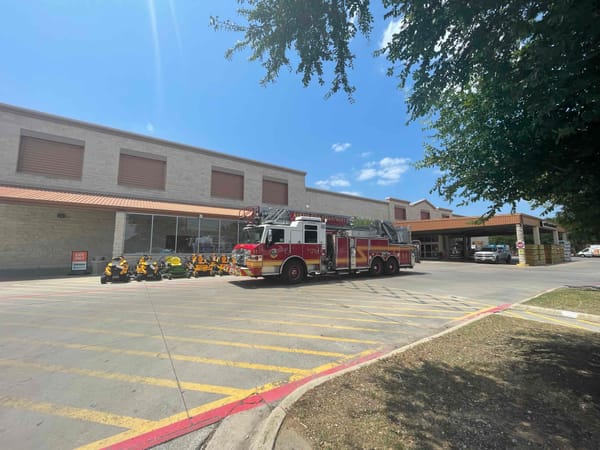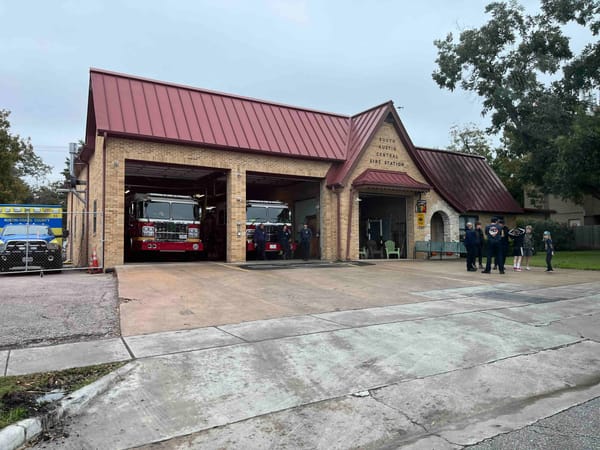Why few build missing middle
It's not just about zoning.

Business Insider has an interesting look at the cost of trying to build missing middle housing in Austin. It profiles Scott Turner, a longtime homebuilder, and four homes that he built on Redd St, just a couple blocks away from where I live in South Austin.
Scott Turner recently sold four homes that he built on what used to be a single corner lot in south central Austin. But the veteran real-estate developer didn't make a profit on the houses, despite selling the four of them for over $2.9 million.
It took two years for more than a dozen city departments to approve the development, which involved splitting one lot into two, and another two years for Turner to build the homes. By the time construction wrapped up, Austin's skyrocketing home prices had begun to cool and Turner barely scraped by. "The risk turned out to be too great," he said. "I wouldn't do that project again."
But Turner's development — which transformed one large lot with one house on it into two lots each with one larger home and one accessory dwelling unit — is exactly the kind of construction Austin and other cities across the country desperately need.
The zoning reforms that Council has adopted or is poised to adopt will make multi-unit developments easier. If nothing else, you will no longer need to go through a costly rezoning process if you want to build three units on a lot.
But as the article above highlights, zoning isn't the only impediment to new housing. There are myriad regulatory issues that can trip up a project, particularly multi-unit projects. Even before HOME, most single-family lots in Central Austin allowed two units, but developers often opt for one massive unit over two smaller ones because there are fewer regulatory headaches.





